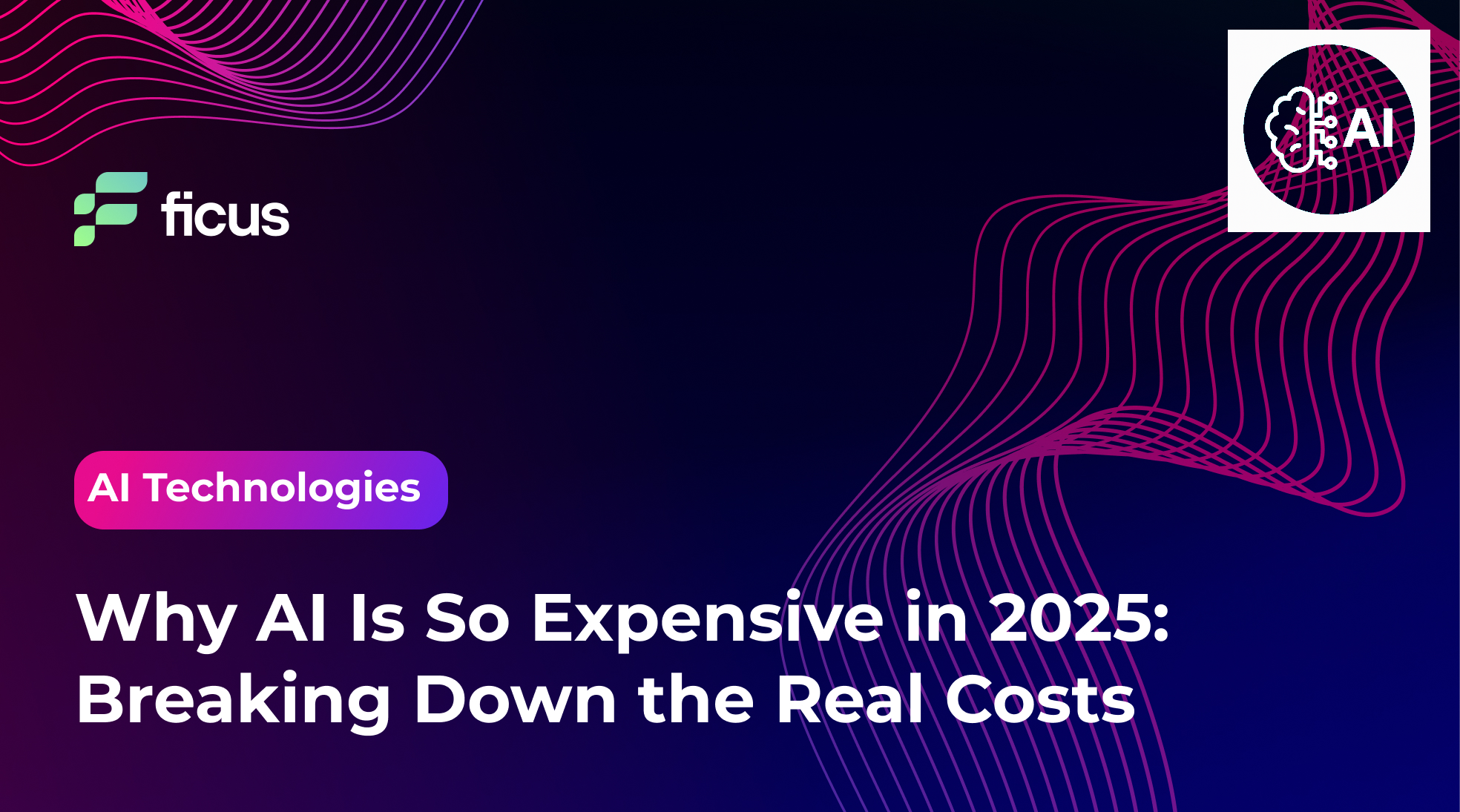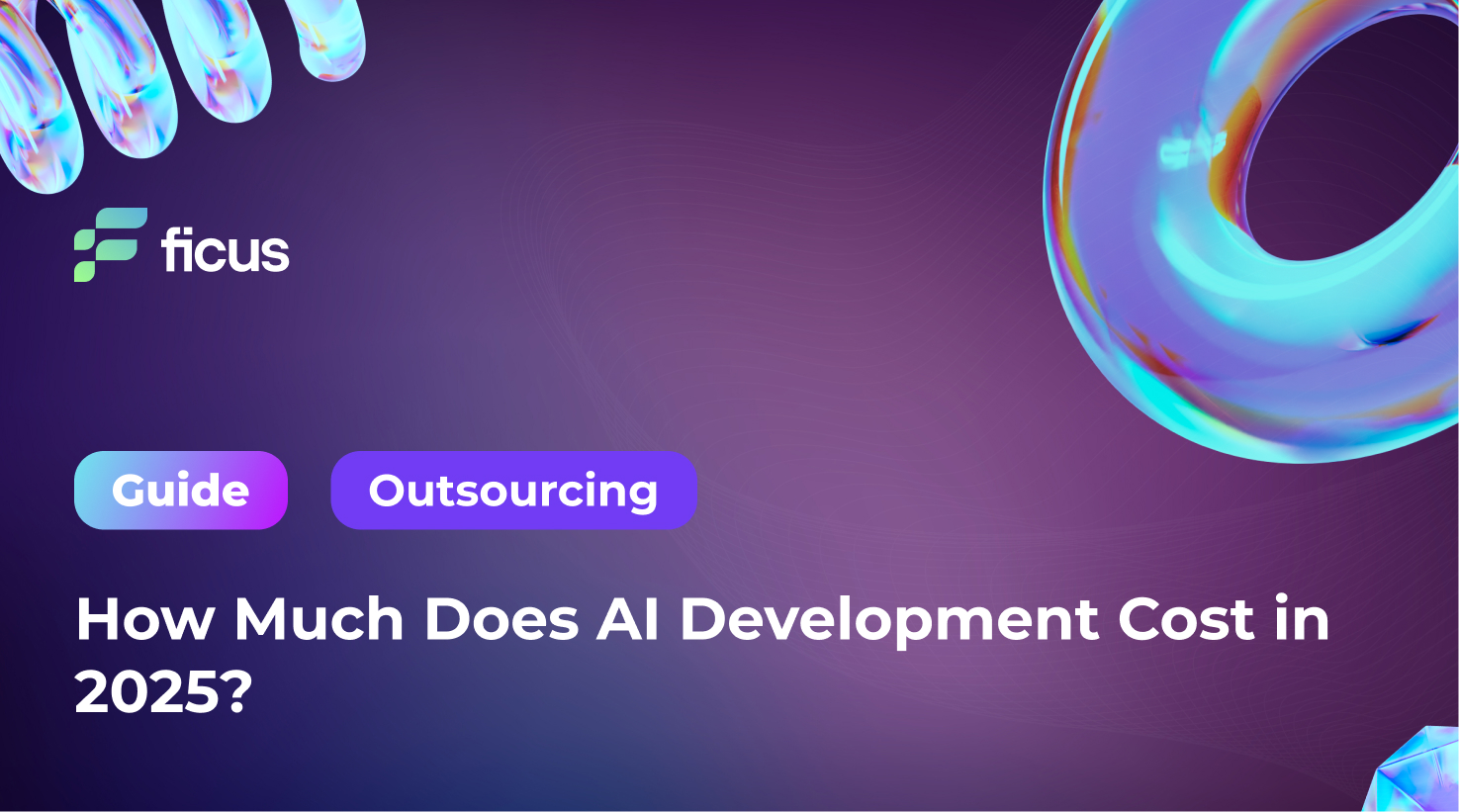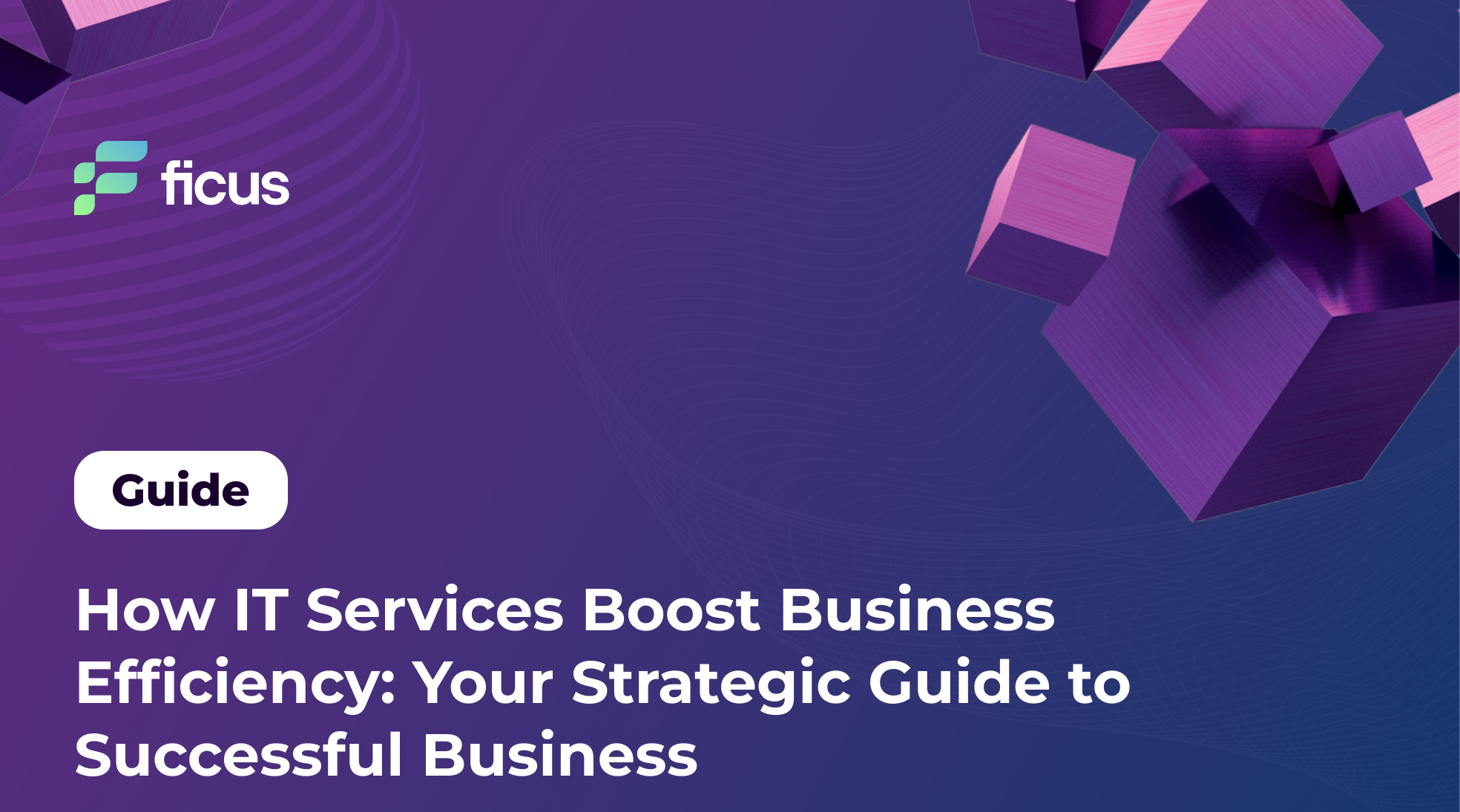In 2025, artificial intelligence (AI) is more powerful than ever — and seemingly more expensive than ever, too. While AI is transforming industries by automating processes, enhancing decision-making, and enabling advanced user experiences, the cost of developing and deploying AI systems remains a major concern for many organizations.
From high-performance GPUs to specialized talent and ongoing infrastructure needs, AI investment can quickly escalate. But is AI truly as expensive as it appears? And where exactly do the biggest costs originate?
This article examines the real drivers behind AI expenses, uncovers hidden operational costs that businesses often overlook, and provides actionable strategies to reduce AI spending while maintaining — or even improving — performance.
- AI costs in 2025 are driven by more than just development — infrastructure, maintenance, and data preparation play major roles.
- Hidden expenses, such as MLOps operations and model retraining, can significantly increase total AI spend.
- Balancing cost reduction with performance ensures AI remains both competitive and financially sustainable.
The Real Cost of AI in 2025: Myths, Drivers, and Strategies
Artificial intelligence in 2025 is more powerful than ever — and also widely perceived as more expensive than ever. Companies across industries are investing in AI to automate processes, enhance decision-making, and deliver advanced user experiences. Yet behind the headlines about soaring GPU prices and million-dollar models lies a more nuanced reality: AI can be costly, but the right strategy makes it financially sustainable.
This article explores where AI expenses truly come from, the hidden costs that often go unnoticed, and the practical methods organizations are using to reduce spending while preserving — and sometimes improving — performance.
What Actually Drives AI Costs in 2025
The expense of AI cannot be reduced to “training a model.” It is the sum of multiple factors that accumulate across the lifecycle:
Data preparation still dominates budgets. Cleaning, labeling, and curating data consumes up to 80% of a data scientist’s time. In regulated industries, specialized datasets may require licensing, further inflating costs.
Talent is scarce and expensive. AI engineers, data scientists, and MLOps experts command premium salaries, and shortages extend hiring timelines. Payroll is often one of the largest ongoing expenses in AI projects.
Infrastructure is unavoidable. High-performance GPUs, cloud clusters, and specialized hardware drive cloud bills at AWS, Azure, or Google Cloud into six figures per month for enterprise-scale workloads.
Maintenance is continuous. Models must be monitored, retrained, and updated to prevent performance degradation. Cutting corners here results in costly remediation later.
Performance demands increase costs further. Organizations want state-of-the-art accuracy and low latency, which often means training or fine-tuning large models at enormous computational expense.

How Much Does AI Development Cost?
For many organizations in 2025, the price tag of AI is the single greatest barrier to adoption. And while headlines often emphasize “million-dollar models,” the reality is more nuanced. The true cost of AI development depends on the scope of the project, the level of customization, and the resources needed to support it long after launch.
At the entry level, basic automation tools—such as chatbots or workflow optimizers—can be developed for as little as $5,000 to $20,000. These projects usually rely on existing frameworks and require minimal custom data preparation. Costs rise significantly with custom machine learning models, where expenses range from $20,000 to $150,000 depending on data complexity, feature engineering, and the size of the team. At the high end, deep learning and natural language processing systems can easily exceed half a million dollars, particularly when built from scratch with advanced architectures or proprietary datasets.
Beyond development, there are ongoing costs that organizations often underestimate. Annual maintenance alone typically falls between $9,000 and $15,000, covering bug fixes, retraining cycles, and performance monitoring. Cloud infrastructure introduces another substantial line item, with companies spending $30,000 to $80,000 per year just to keep models running at scale. Add to this the cost of specialized developers—ranging from $25 to $49 per hour—and the cumulative picture becomes clearer.
These figures explain why AI is frequently described as expensive, but they only tell part of the story. The real challenge lies in how costs evolve over time: as models grow larger, retraining becomes more frequent, and infrastructure scales with usage, total expenses can snowball quickly. That’s why organizations that succeed with AI are those that treat costs as a lifecycle investment, not just a one-off development fee. By planning for both the visible and hidden expenses, they position themselves to capture the return on investment instead of being overwhelmed by the bill.

The Hidden Costs Businesses Forget
The real shock comes not from the first model, but from scaling. Costs multiply as workloads grow. Retraining is another drain: models must be refreshed frequently to reflect new data patterns, adding recurring expenses. Licensing fees also accumulate. Access to frontier models like GPT-4, Claude, or Gemini adds thousands per month to enterprise bills. For many companies, these hidden operational costs exceed the initial build.
Strategies to Control AI Costs
Forward-looking organizations are adopting techniques to make AI more affordable without compromising results:
Model merging consolidates multiple models into a single optimized one, reducing training time and compute needs.
Distillation tools like DistillKit compress large models while retaining accuracy, lowering both costs and latency.
Spectrum-based training targets only the most valuable model layers, saving vast amounts of compute.
Conductor platforms route queries to the most cost-efficient model automatically, cutting per-prompt costs by up to 99%.
These methods shift the perception of AI from “expensive experiment” to “sustainable investment.”
Want to uncover the true expenses behind AI development?
Contact UsConclusion
The belief that AI in 2025 is “too expensive” is more myth than reality. Yes, the costs can be high, but so is the return when projects are executed strategically. Companies that understand the true cost drivers — from data and infrastructure to hidden retraining expenses — are already finding ways to deploy AI at scale while keeping budgets under control.
With new optimization tools, conductor platforms, and smarter training methods, cost-effective AI is no longer optional. It is the path forward for organizations that want to compete in an AI-driven economy.
Why Ficus Technologies?
Managing AI costs is not just about choosing the right tools — it’s about building the right strategy from the ground up. At Ficus Technologies, we help companies turn complex and expensive AI initiatives into scalable, sustainable, and high-ROI projects.
Here’s how we add value:
- Lifecycle approach — from PoC and MVP to full-scale deployment, we plan not only development but also long-term cost management.
- Cost-optimized architecture — we design AI systems with efficient pipelines, cloud optimization, and automated MLOps to minimize wasted resources.
- Cross-functional expertise — our team combines AI/ML engineers, data scientists, and cloud specialists to ensure both technical performance and business alignment.
- Proven optimization techniques — model distillation, serverless AI deployment, and hybrid cloud setups help cut infrastructure costs without losing accuracy.
- Transparency & flexibility — with clear pricing, flexible engagement models, and measurable ROI, we ensure your investment in AI delivers tangible results.
Whether you’re a startup experimenting with automation or an enterprise scaling deep learning platforms, Ficus Technologies provides the expertise and infrastructure to make AI both powerful and affordable.
Ranges from $5K for simple tools to over $500K for deep learning models.
Yes. Through model compression, merging, spectrum training, and routing platforms.
Ongoing compute needs, licensing, retraining, and cloud services drive costs.
Often, yes, especially when using open-source models with focused training methods.








